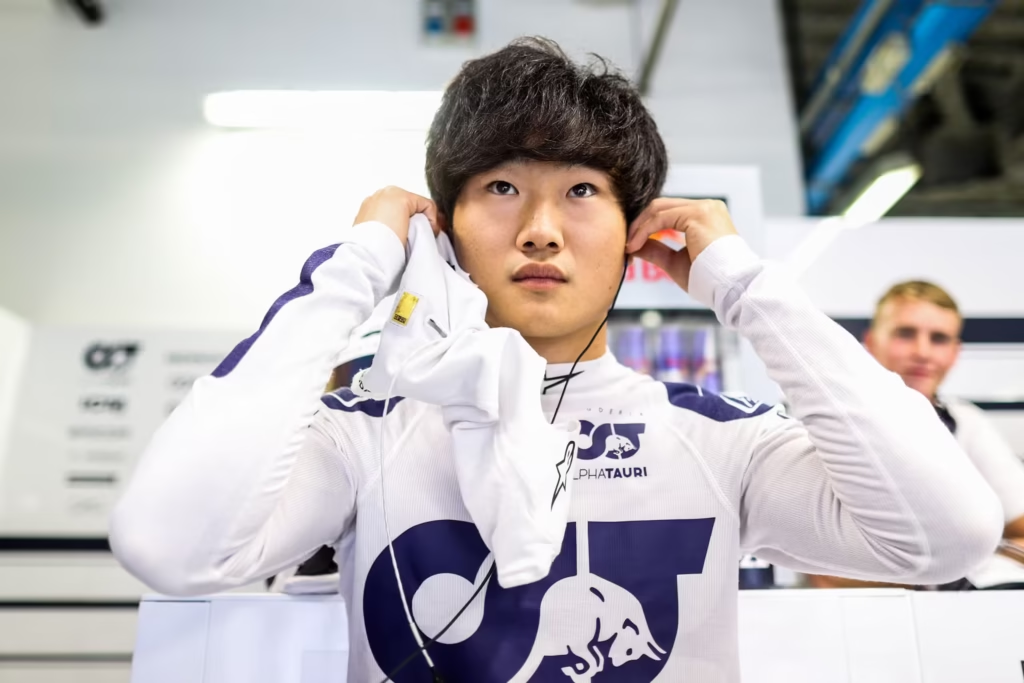The Origins and Early Exclusion
The ancient Olympic Games, originating in 776 BCE in Olympia, Greece, were a profound display of athletic prowess and competition. However, these prestigious events were exclusively a male domain, rigorously excluding women from both participation and spectating. Rooted deeply in the social and cultural fabric of ancient Greece, this exclusion was reflective of the era’s gender norms and societal roles, where women were largely confined to domestic spheres and denied political or social parity with men.
Greek society revered male athleticism, viewing it as a symbol of strength and virtue. Conversely, women were perceived through a lens of modesty and subservience. This gender dichotomy was reinforced by the religious connotations of the Games, dedicated to Zeus, the king of gods, which further entrenched male superiority. The exclusion of women from the Olympic Games was thus both a reflection and reinforcement of their secondary status in Greek society.
Despite their exclusion from the main events, women were not entirely absent from the spirit of athletic competition. The Heraean Games, a festival held in honor of Hera, the wife of Zeus, provided a separate but unequal stage for female athletes. These Games featured foot races for young women, symbolizing an attempt at inclusivity but starkly contrasting with the grandeur and recognition afforded to male athletes. The Heraean Games, though significant, underscored the broader societal norms that relegated women’s athletic achievements to the periphery.
This early history of exclusion set the stage for the long and arduous journey towards gender equality in the Olympic Games. The contrasts between the male-dominated Olympics and the lesser-known Heraean Games illuminate the deeply entrenched gender disparities of the time, providing a critical context for understanding the evolution of women’s roles in this global sporting arena.

The Rebirth of the Modern Olympics and Initial Inclusion
The re-establishment of the modern Olympic Games in 1896 by Pierre de Coubertin marked a significant milestone in the history of sports. However, this rebirth was initially characterized by the exclusion of women. De Coubertin himself held the belief that the Olympic Games were a domain solely for men, reflecting the prevailing societal attitudes of his time. Consequently, the inaugural modern Olympic Games in Athens in 1896 saw no female participants.
The situation began to change with the 1900 Paris Olympics, where women were included for the first time. The inclusion was minimal, with female athletes competing in just a few events: tennis, golf, and croquet. A total of 22 women participated, a small fraction compared to their male counterparts. This modest beginning nevertheless laid the groundwork for future advancements in women’s sports within the Olympic movement.
As the 20th century progressed, more events slowly opened up to female athletes. By the 1920 Antwerp Olympics, the number of events available to women had increased, and their participation had grown to 65 athletes. This period marked a gradual, yet pivotal shift in the Olympic landscape, as the inclusion of women began to gain momentum. Statistical data from this era underscores the progression: in the 1924 Paris Olympics, women competed in 19 events across sports like swimming, athletics, and fencing.
The early 20th century thus represents a critical phase in the evolution of women’s involvement in the Olympic Games. The initial steps taken during the 1900 and subsequent early Olympic Games set the stage for broader acceptance and integration of female athletes into the global sports arena. This era’s incremental progress highlights the intersection of sports theory and societal change, underscoring the role of investigative journalism in documenting and advocating for gender equality in sports.
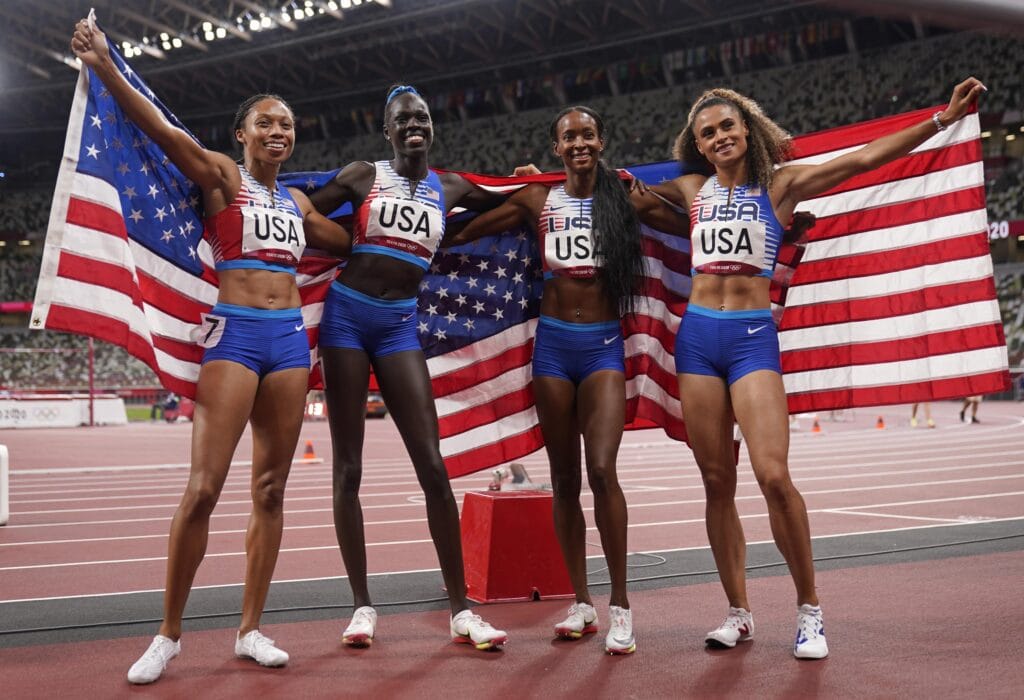

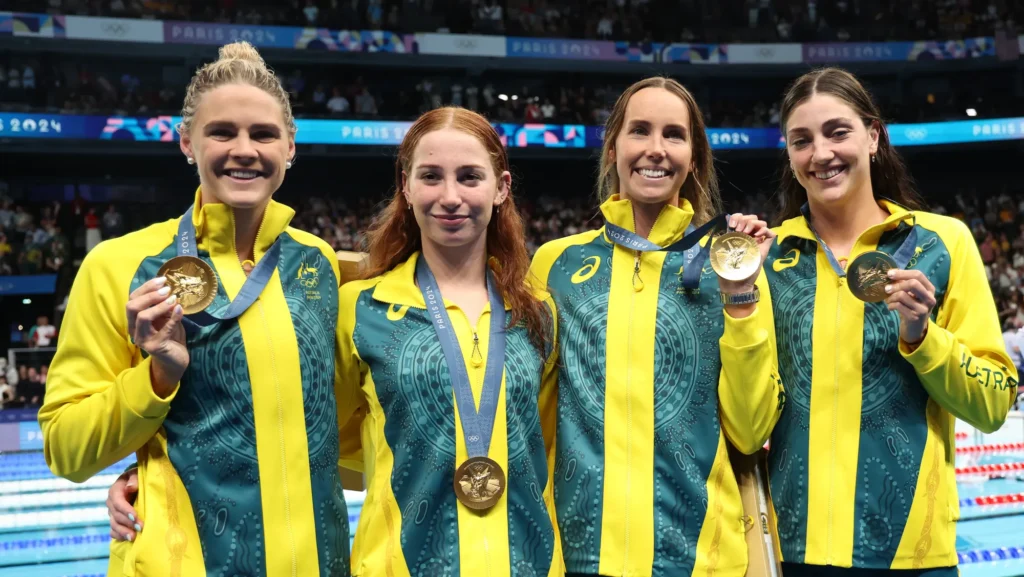

Breaking Barriers: The 1920s and 1930s
The 1920s and 1930s marked a significant period of transformation in the realm of the Olympic Games, as efforts to integrate women into competitive sports gained momentum. The most notable breakthrough came during the 1928 Amsterdam Olympics, a pivotal event that saw women being granted the opportunity to compete in track and field events for the very first time. This inclusion was a monumental step towards gender equality in sports, reflecting the growing recognition of women’s athletic capabilities.
Prior to the 1928 milestone, women’s participation in the Olympics was limited and largely restricted to sports deemed “suitable” for females, such as tennis, golf, and archery. The Amsterdam Games were revolutionary not only in their scope but also in the number of female athletes participating. In 1928, a total of 290 women athletes competed, a significant increase from the 65 who participated in the previous 1924 Paris Olympics. This surge mirrored the global shift in attitudes towards women in sports, driven by burgeoning women’s rights movements and increased societal acceptance.
The expansion of events open to female athletes also illustrated this changing landscape. While the 1928 Games featured five women’s track and field events, by the 1936 Berlin Olympics, the number had increased, showcasing disciplines such as the javelin throw and the 4×100 meter relay. The number of female participants continued to rise, with 331 women competing in Berlin, an indication of the persistent efforts to break gender barriers in competitive sports.
This era was not without its challenges, as the integration of women into new athletic roles often met with resistance and skepticism. Nevertheless, the perseverance of female athletes and advocates of gender equality ensured that progress, though gradual, was steadfast. The 1920s and 1930s thus set the stage for further advancements in subsequent decades, solidifying women’s place in the Olympics not only as participants but as essential contributors to the competitive spirit and diversity of the Games.
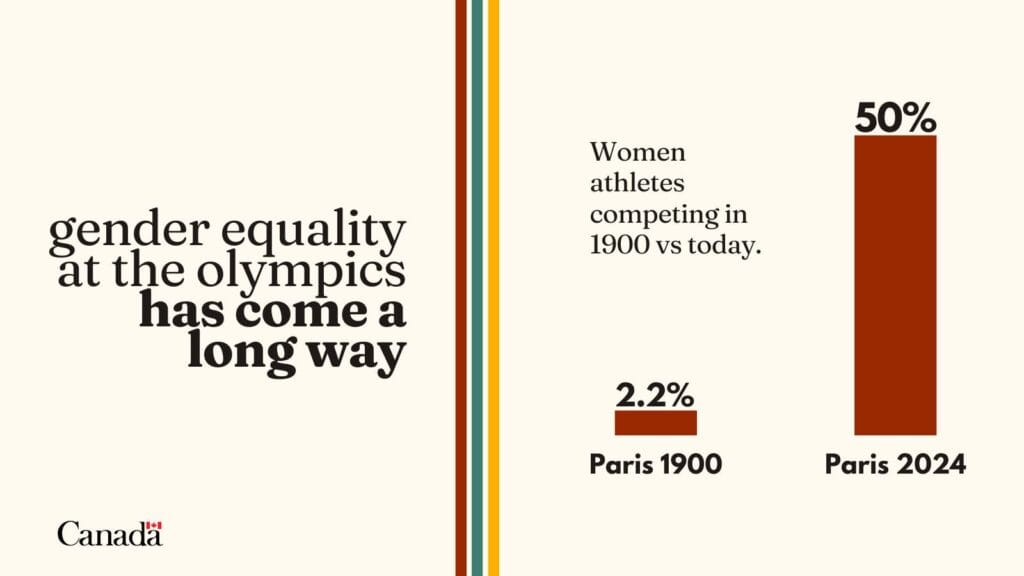
Post-War Progress and the Influence of Women’s Movements
The post-World War II era marked a significant turning point in the inclusion of women in sports, particularly in the Olympic Games. The economic and social reconstruction that followed the war created a fertile ground for the burgeoning women’s liberation movements, which began to advocate for greater gender equality in various spheres, including sports.
One of the most notable milestones in this period was the 1960 Rome Olympics. These Games were a landmark event that featured a substantial increase in female participation. For instance, 611 women athletes competed in Rome, compared to just 385 in the 1956 Melbourne Olympics. This nearly 60% increase was a testament to the growing acceptance and encouragement of women in competitive sports.
Several iconic female athletes emerged during this era, leaving an indelible mark on the history of the Olympic Games. Wilma Rudolph, an American sprinter, became the first woman to win three gold medals in track and field during a single Olympic Games, earning her the nickname “The Black Gazelle.” Her achievements were not only a triumph of athletic prowess but also a symbol of the potential for women to excel in sports traditionally dominated by men.
Moreover, the influence of the women’s liberation movement cannot be understated. The push for gender equality in the 1960s and 1970s led to increased opportunities for women in sports, including better training facilities, more competitive events, and greater media coverage. This period also saw the introduction of new events for women in the Olympics, further solidifying their place in the global sporting arena.
Statistics from this era underscore the impact of these changes. In 1964, women accounted for 13% of all athletes at the Tokyo Olympics; by 1972, this figure had risen to 21% at the Munich Games. These numbers reflect a positive trend towards inclusivity and recognition of women’s capabilities in sports.
Overall, the post-war progress and the influence of women’s movements played a crucial role in shaping the modern landscape of the Olympic Games, paving the way for future generations of female athletes to pursue their dreams on the world stage.
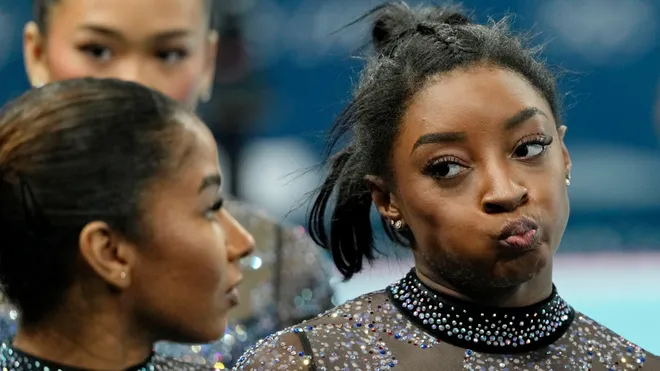

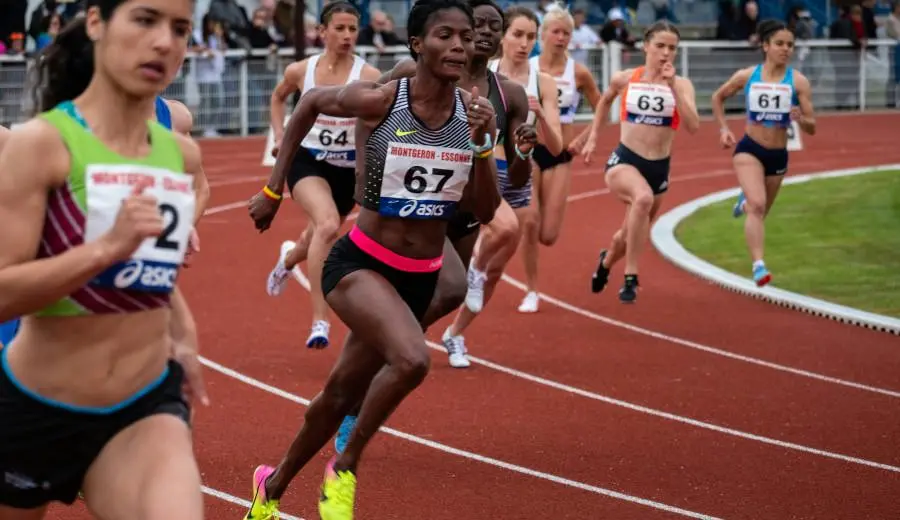

Title IX and Its Impact on Women’s Olympic Participation
The passing of Title IX in 1972 marked a pivotal moment for women’s sports in the United States and, consequentially, the world. Title IX is part of the Education Amendments of 1972, which states that no person in the United States shall, on the basis of sex, be excluded from participation in, be denied the benefits of, or be subjected to discrimination under any education program or activity receiving federal financial assistance. This legislation led to a substantial increase in funding and support for women’s sports at educational institutions across the United States, laying the groundwork for enhanced female participation in the Olympics.
The effects of Title IX were transformative. Before its enactment, opportunities for women in sports, particularly at the college level, were limited. However, Title IX mandated equal treatment and funding for women’s sports, leading to the creation and expansion of numerous programs. This surge in support cultivated a new generation of female athletes, many of whom would go on to compete at the highest levels, including the Olympic Games.
Statistics vividly illustrate the impact of Title IX on female participation in the Olympics. In the 1972 Munich Games, women comprised only about 14 percent of the athletes. By the 2016 Rio de Janeiro Olympics, this figure had risen to nearly 45 percent. The growth is not only in the number of participants but also in the diversity of events. For instance, women’s soccer, basketball, and rugby are now standard Olympic events, showcasing the broader spectrum of opportunities available to female athletes.
Examples of this evolution can be seen in the achievements of several female athletes who have become icons in their sports. Gymnast Simone Biles, swimmer Katie Ledecky, and soccer player Megan Rapinoe have each brought home multiple Olympic medals, symbolizing the heights that female athletes can reach when provided with adequate support and resources. Their successes inspire future generations and highlight the necessity of continued investment in women’s sports.

The Turn of the Century: Equal Opportunities and Milestones
The turn of the 21st century marked a pivotal era in the evolution of the Olympic Games, characterized by significant strides towards achieving gender parity. The Sydney 2000 Olympics were particularly notable for the introduction of women’s pole vault and weightlifting, symbolizing a broader inclusion of female athletes in disciplines traditionally dominated by men. This shift represented not just an expansion of opportunities but also a reflection of the growing recognition of women’s capabilities and achievements in sports.
The year 2000 saw women’s participation in the Olympics rise to unprecedented levels. Approximately 38% of the athletes were women, a substantial increase from previous decades. This surge in female representation was accompanied by remarkable performances across various sports, further challenging stereotypes and breaking barriers. For instance, the debut of women’s pole vault was highlighted by the impressive victory of Stacy Dragila from the United States, who clinched the gold medal, setting a new precedent for future generations of female athletes.
Weightlifting, another sport introduced for women in 2000, showcased the physical prowess and determination of female competitors. Athletes such as China’s Yang Xia, who won the gold in the 53kg category, exemplified the high level of competition and skill present among women weightlifters. These milestones were not just isolated events but part of a broader movement towards inclusivity and equal opportunities within the Olympic framework.
Statistically, the early 2000s also saw an increase in the number of events open to women. In 2004, the Athens Olympics featured women in 135 events, compared to just 86 in 1984. This significant growth mirrored the ongoing efforts by the International Olympic Committee (IOC) to foster gender equality. The IOC’s commitment was further underscored by the introduction of policies aimed at eliminating gender discrimination and promoting balanced representation in both sports and organizational roles.
The progress made during this period laid a crucial foundation for the continued evolution of women’s place in the Olympic Games. As the world moved forward, the achievements and milestones of the early 21st century served as a testament to the potential and resilience of female athletes, heralding a new era of equality and opportunity in the realm of sports.

The Role of Advocacy and Policy Changes
The progress towards gender equality in the Olympic Games has been significantly impacted by the efforts of advocacy groups and policy changes instituted by international organizations, most notably the International Olympic Committee (IOC). The IOC has been instrumental in initiating policy reforms that aim to level the playing field for female athletes, ensuring they receive the same recognition and opportunities as their male counterparts.
One of the most pivotal initiatives undertaken by the IOC is the Gender Equality Review Project, launched in 2018. This comprehensive project outlines 25 recommendations designed to promote gender balance across all aspects of the Olympic Movement. The recommendations cover areas such as governance, human resources, funding, participation, and portrayal, aiming to create a more inclusive environment for female athletes.
Significant strides have been made as a result of these efforts. For instance, the inclusion of mixed-gender events in recent Olympics, such as the Tokyo 2020 Games, represents a tangible outcome of the IOC’s commitment to gender equality. These events not only increase female participation but also highlight the importance of teamwork and collaboration across genders.
Advocacy groups have also played a crucial role in driving these changes. Organizations like WomenSport International and the Women’s Sports Foundation have been relentless in their campaigns for equality. They provide critical support, raise awareness, and hold governing bodies accountable for their commitments to gender parity. Their efforts have led to more equitable funding, better media representation, and increased opportunities for women in sports.
Recent measures to ensure equal representation include the mandate that all national Olympic committees must have at least one female and one male athlete in their delegation. Moreover, the promotion of female candidates in leadership roles within the IOC and other sports organizations has been emphasized. These actions not only promote participation but also influence policy-making, further embedding the principles of equality within the Olympic framework.
Through the combined efforts of the IOC and various advocacy groups, the Olympic Games have seen notable improvements in gender equality. These policy changes and advocacy measures have not only increased female participation but have also set a precedent for other sports events worldwide, championing the cause of gender balance in athletics.
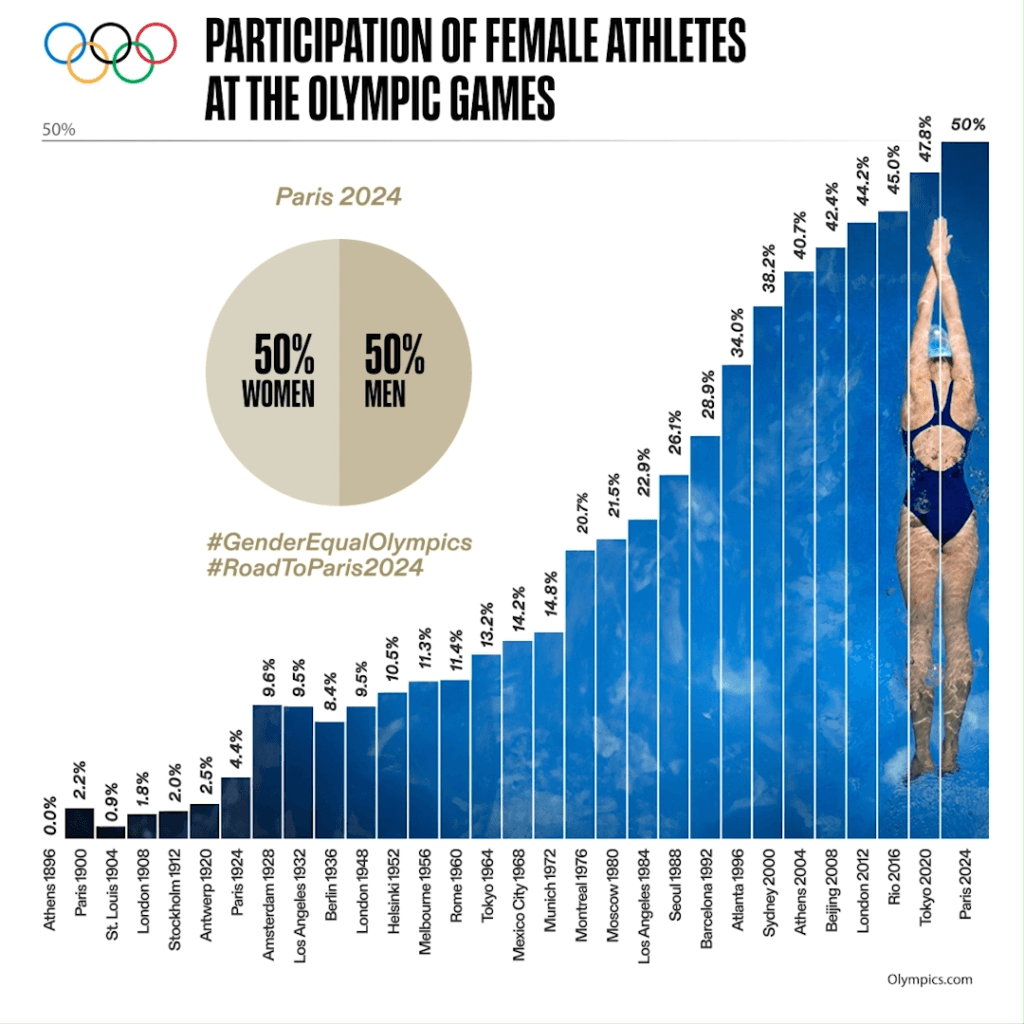
Looking Ahead: The 2024 Olympics and Future Prospects
The 2024 Olympic Games, taking place in Paris, represent a pivotal moment in the ongoing journey towards gender equality in sports. With an increasing focus on inclusivity and representation, these games promise to showcase remarkable milestones for women’s participation. Anticipated to be among the most gender-balanced Olympics in history, the Paris 2024 Games are set to feature new sports and events that will highlight the talents of female athletes from around the globe.
One significant development for the 2024 Olympics is the introduction of mixed-gender events in sports such as athletics, swimming, and triathlon. These events not only promote gender equality but also emphasize teamwork and cooperation between male and female athletes. Additionally, new sports like surfing, skateboarding, and sport climbing will continue to provide platforms for female competitors to shine, further diversifying the opportunities available to women in the Olympic arena.
Projections indicate that the number of female competitors will reach unprecedented levels in Paris. The International Olympic Committee (IOC) has made concerted efforts to ensure that at least 50% of the athletes will be women, marking a significant step towards gender parity. This change is not merely symbolic but represents a tangible commitment to fostering an environment where female athletes can compete on equal footing with their male counterparts.
Analyzing the progress made thus far, it is evident that substantial strides have been taken since the inception of the modern Olympic Games. Women’s participation has evolved from a mere handful of athletes to nearly half of the Olympic roster. However, challenges remain, including disparities in funding, media coverage, and institutional support for women’s sports. Addressing these issues is crucial for achieving full gender equality in the Olympics.

In conclusion, the 2024 Olympic Games stand as a testament to the remarkable progress made in women’s sports. They also serve as a reminder of the work still required to ensure complete gender equity. As the world looks towards Paris, the commitment to inclusive, diverse, and equitable representation in the Olympics continues to inspire future generations of female athletes.






